(NLDO) - At the end of 2024, an archaeologist announced that he had found what could be a statue of Queen Cleopatra at the Taposiris Magna temple in Egypt.
According to Live Science, the claim about the statue of Queen Cleopatra comes from archaeologist Kathleen Martinez, who leads the Egyptian-Dominican team excavating the Taposiris Magna temple site.
This temple is believed by scientists to be the place where the famous Egyptian queen planned to be the resting place for her and her lover Mark Antony (Marcus Antonius).
But Mr Martinez is not the first person to believe he has found a portrait of Cleopatra.
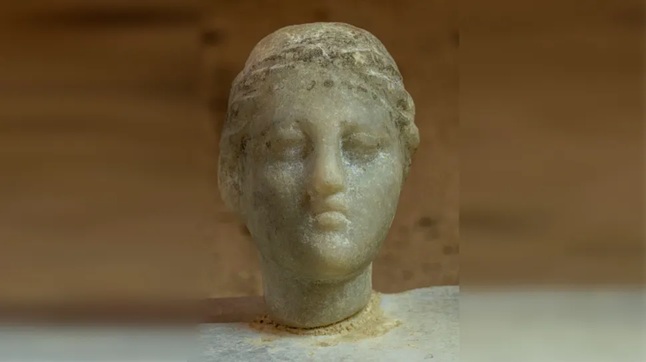
The bust found by archaeologist Kathleen Martinez and colleagues - Photo: EGYPTIAN MINISTRY OF TOURISM AND ANTIQUES
Queen Cleopatra VII of Egypt, often simply known as Queen Cleopatra, was one of the most famous pharaohs of Egypt, the last effective ruler of the Ptolemaic Dynasty, although her son was nominally the last ruler.
Cleopatra reigned from about 70 BC to 30 BC, during a period of great turmoil.
Modern archaeologists have yet to find her actual grave. In addition, they are always looking for a portrait of her, the queen famous for her "city-shattering" beauty.
According to Discovery Magazine, Cleopatra's allure has captured the imagination of historians, artists, and storytellers for centuries.
Several artifacts are believed to bear her likeness, for example a portrait possibly painted after the queen's death was found in Roman Herculaneum, Italy, dating to the 1st century AD.
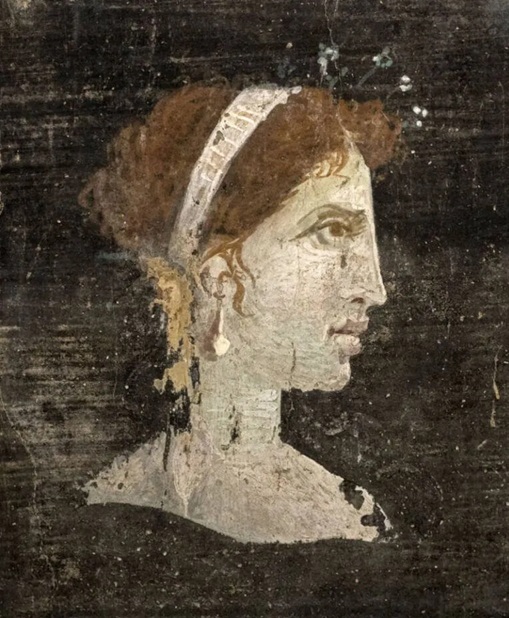
The portrait is believed to have been painted in the 1st century BC - Photo: Ángel M. Felicísimo
A coin dating from 37-33 BC, minted in the Eastern Mediterranean, is said to bear a portrait of Queen Cleopatra on one side and her lover Mark Antony on the other.
However, the image on the coin is said to contradict the described beauty and expectations of the famous queen.
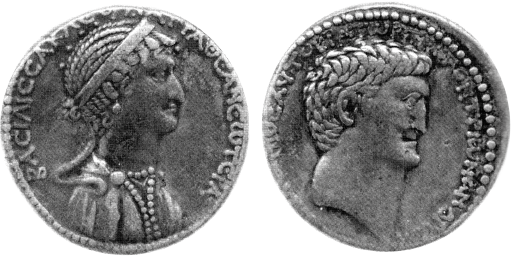
Ancient coin depicting Cleopatra and her lover - Photo: DISCOVERY MAGAZINE
There is also a relief depicting Cleopatra in pharaoh's clothing and offering offerings to Isis, dated to 51 BC.
However, the image on the relief is too small and simplified to visualize the queen's beauty.
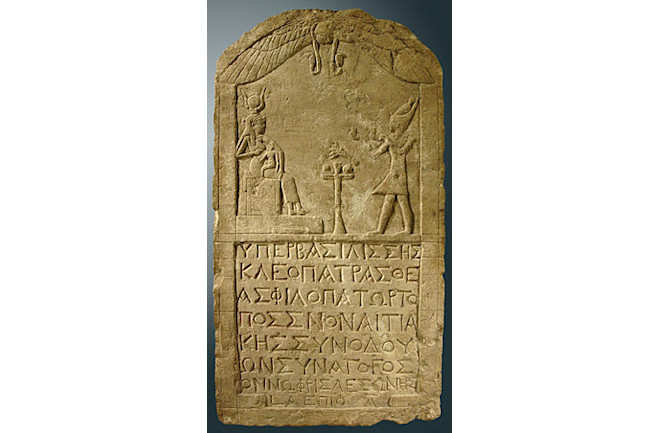
A relief depicting the famous Egyptian queen - Photo: Archive
Several artists have also attempted to portray her, a portrayal that has been controversial because her ethnicity is uncertain.
Many point out that Cleopatra's family did not come from the land they ruled but from Macedonia, which has led many researchers to believe that her skin was light - as European art has always depicted her - and not as dark as the native Egyptians.
However, the lineage of her father, Pharaoh Ptolemy XII, is well documented, while that of her mother is not.
The uncertainty surrounding Cleopatra's ethnicity has made her an unlikely representative of today's cultural debates, including the appropriate casting of films about her life.
But the concept of a dark-skinned Cleopatra appeared much earlier, with a sculpture by 19th-century artist William Wetmore Story.
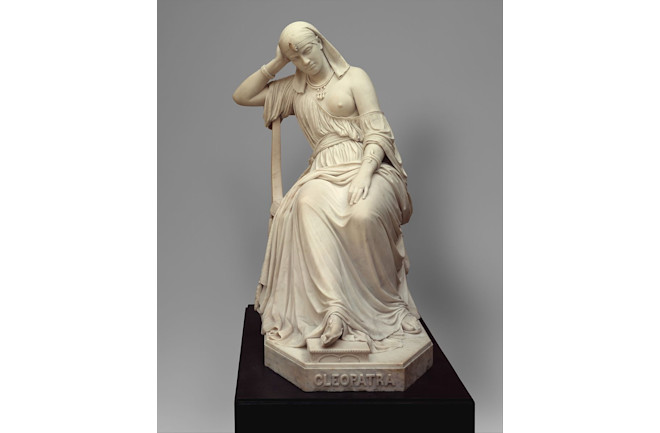
William Wetmore Story's marble sculpture of Cleopatra- Photo: METROPOLITAN MUSEUM OF ART
Meanwhile, many archaeological teams from many countries are still trying to search and analyze, hoping to find clues about the real tomb of Queen Cleopatra, where something that shows her true portrait may be hidden.
Source: https://nld.com.vn/di-tim-chan-dung-nu-hoang-ai-cap-cleopatra-196250126110614521.htm




![[Photo] Reception to welcome General Secretary and President of China Xi Jinping](https://vstatic.vietnam.vn/vietnam/resource/IMAGE/2025/4/15/ef636fe84ae24df48dcc734ac3692867)
![[Photo] National Assembly Chairman Tran Thanh Man meets with General Secretary and President of China Xi Jinping](https://vstatic.vietnam.vn/vietnam/resource/IMAGE/2025/4/14/4e8fab54da744230b54598eff0070485)
![[Photo] Tan Son Nhat Terminal T3 - key project completed ahead of schedule](https://vstatic.vietnam.vn/vietnam/resource/IMAGE/2025/4/15/85f0ae82199548e5a30d478733f4d783)

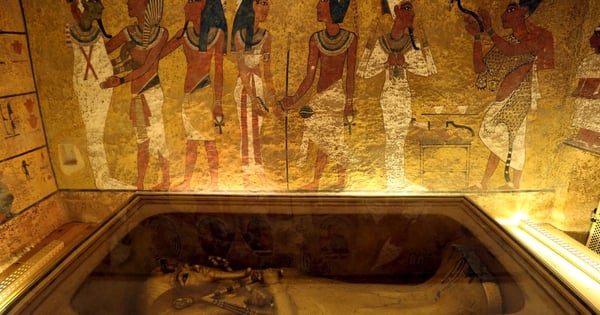


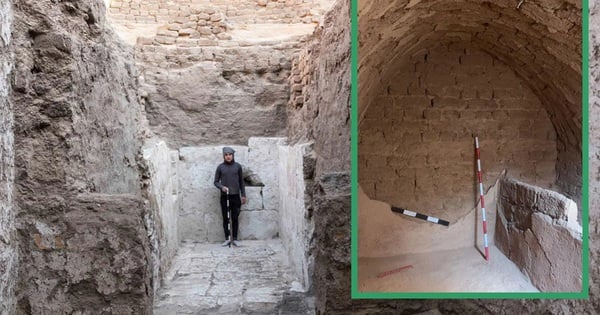

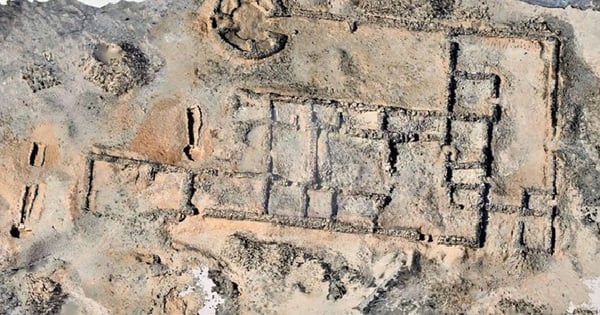







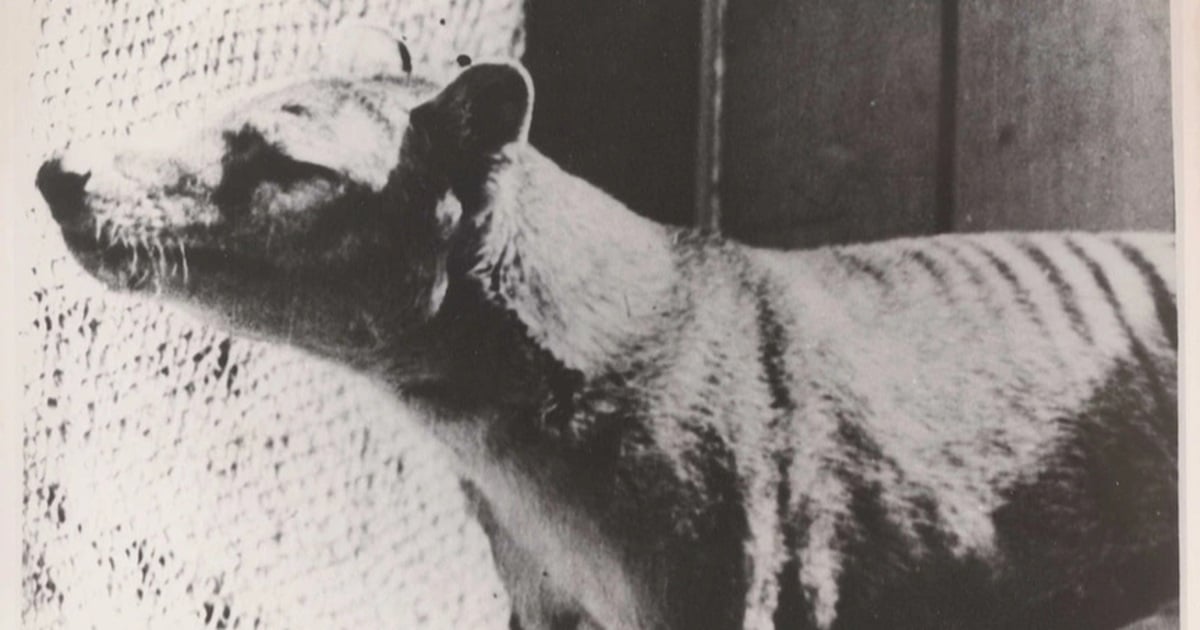










![[Photo] Prime Minister Pham Minh Chinh meets with General Secretary and President of China Xi Jinping](https://vstatic.vietnam.vn/vietnam/resource/IMAGE/2025/4/14/893f1141468a49e29fb42607a670b174)







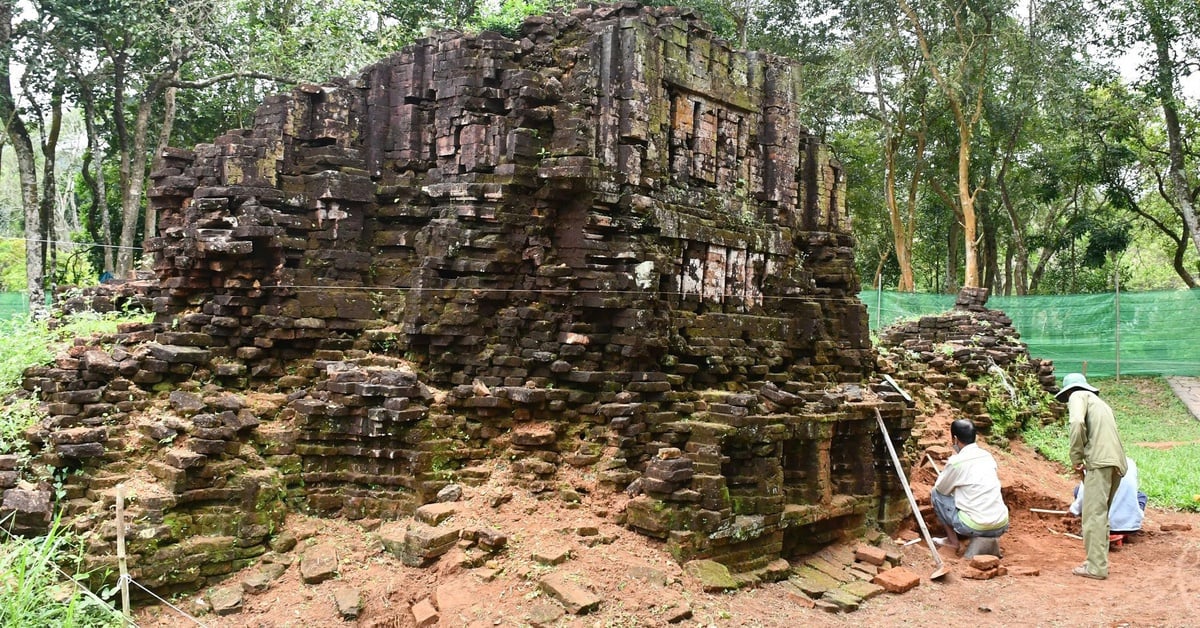






















































Comment (0)